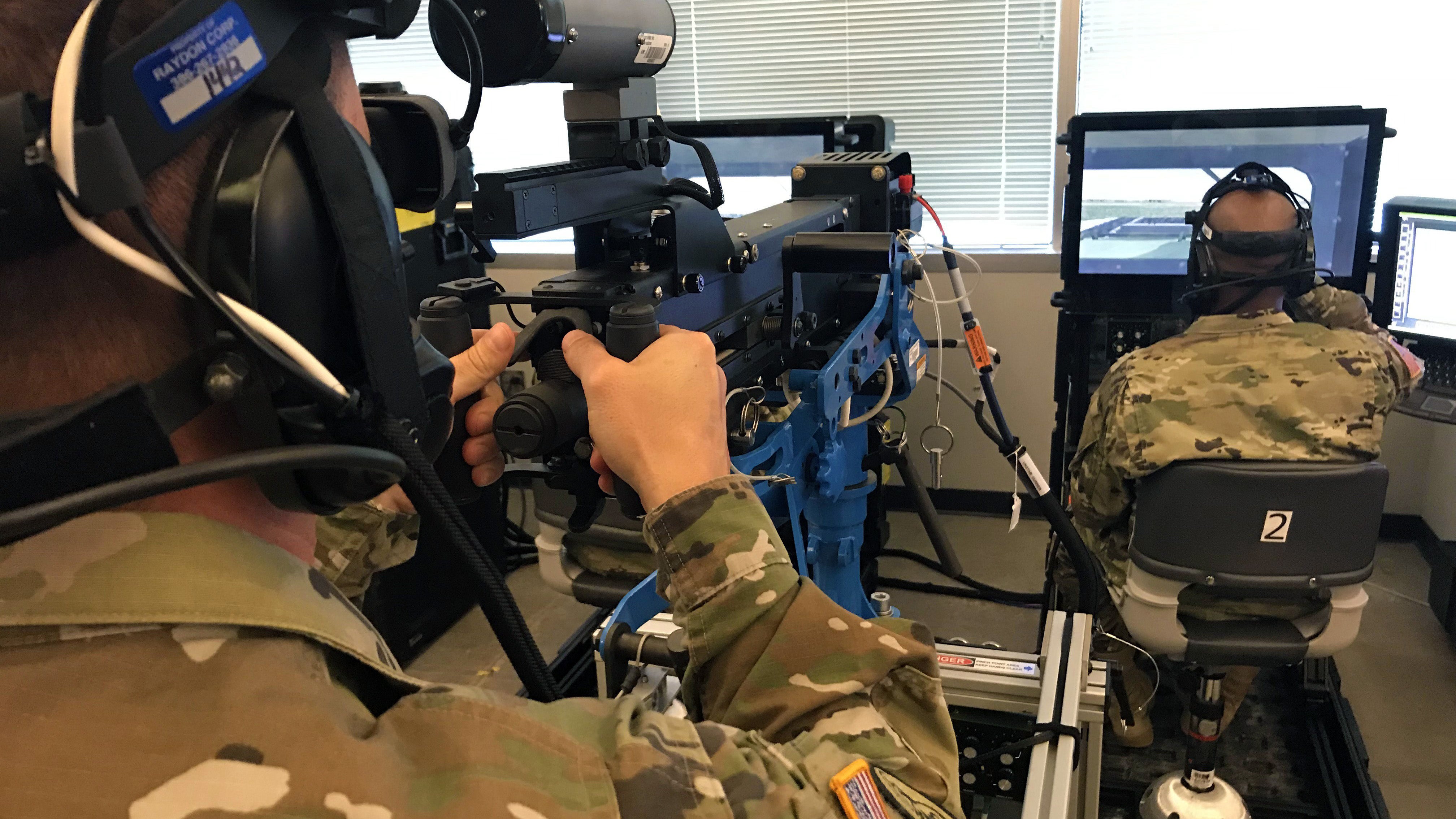Synthetic Training Will Benefit Combat Troops
Synthetic Training Will Benefit Combat Troops

The Army’s plan to modernize close-combat training hinges on a dynamic virtual training environment that is interoperable, realistic and scalable across all domains.
It also must have software that is compatible with a common architecture and easily updated.
In a new publication, “The Synthetic Training Environment,” part of the Association of the U.S. Army’s Spotlight series, author Jeremiah Rozman writes that because the future battlefield will be more complex, ground combat units will face critical, intricate and dangerous missions.
Rozman examines the future training requirements of these units for multidomain operations and how the Army is overhauling its virtual training to meet the needs of the warfighter.
“Congruent with the DoD’s Close Combat Lethality Task Force, improving close-combat capability relative to peer-rivals is one of the Army’s key warfighting challenges,” Rozman writes, noting that to get there, the Army has extended One Station Unit Training by eight weeks and is turning to virtual training to improve training efficiency and realism.
The synthetic training environment the Army is building replaces a patchwork of decades-old virtual training systems with no common architecture and simulators located in dispersed training facilities. With STE, soldiers and units at all levels can conduct remote training with realistic terrain and effects, simulated human interaction, multidomain zoning, problem-solving and mission command, collection and analysis of data and simulations on any terrain.
The synthetic training environment, Rozman writes, “will complement live and constructive training to replicate any battlefield and enable the repetition—including the ‘25 bloodless battles’ before experiencing combat—deemed essential by DoD.”
Soldiers will be able to use their actual equipment and meld live and virtual training environments into a single platform with multiple delivery systems. This will allow them to increase repetitions in a variety of scenarios, including high-intensity combat in contested environments such as megacities, writes Rozman, who most recently was an AUSA national security analyst.
Read the whole report here.

